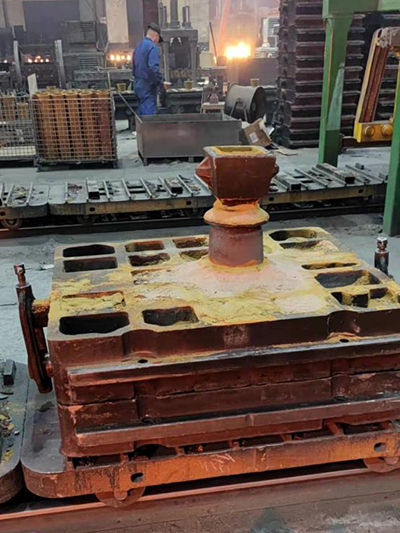3D Sand Printing Revolutionizing Manufacturing and Construction
In the past few decades, 3D printing has emerged as a transformative technology across various industries. Among its diverse applications, one of the most intriguing is 3D sand printing. This innovative technique leverages sand as the primary material to create complex and customized structures, offering advantages in manufacturing, construction, and prototyping.
A Brief Overview of 3D Sand Printing
3D sand printing involves the layer-by-layer addition of sand to construct a digital model. This is typically accomplished using a binder jetting process, where a liquid binder is selectively jetted onto loose sand particles, causing them to adhere to one another. Once the desired shape is built, the unbound sand is removed, leaving behind a solid, intricate structure. This method is particularly advantageous for creating molds and cores used in metal casting, but its applications extend far beyond that.
Advantages of 3D Sand Printing
1. Customization and Flexibility One of the primary benefits of 3D sand printing is the ability to create highly customized designs that traditional manufacturing methods cannot achieve efficiently. This flexibility allows engineers and designers to experiment with complex geometries and structures that optimize performance while minimizing material usage.
2. Rapid Prototyping In industries where time-to-market is critical, such as automotive and aerospace, 3D sand printing facilitates rapid prototyping. The ability to quickly produce and iterate on designs means that manufacturers can test new ideas without the delays associated with traditional manufacturing processes.
3. Sustainability The sustainability of 3D sand printing is another compelling factor. Traditional casting processes often generate significant waste material, but 3D sand printing can minimize these concerns by using only the necessary amount of sand and reusing unbound sand. Moreover, this technology can utilize recycled materials, further enhancing its eco-friendliness.
4. Cost Efficiency Although the initial investment in 3D sand printing technology can be substantial, the long-term cost savings are evident. The reduction in material waste, labor costs, and the ability to produce complex parts without the need for extensive tooling reduce overall production costs. As the technology continues to develop, it is likely that prices will decrease, making it even more accessible to various industries.
3d sand printing

Applications of 3D Sand Printing
The applications of 3D sand printing are vast and growing. In the construction industry, it can be used to print intricate building components, such as facades or structural elements, directly from digital designs. This not only speeds up the construction process but also allows for unique architectural designs that are more challenging to obtain via traditional methods.
In the aerospace sector, 3D sand printing can create lightweight components that benefit from intricate internal structures, providing improved performance while reducing weight. Similarly, the automotive industry utilizes this technology to print complex parts, enhancing vehicle performance and user experience.
Challenges and Future Directions
While the advantages of 3D sand printing are compelling, there are also challenges to consider. The technology is still in a relatively early stage of development, and issues related to production speed, surface finish quality, and post-processing time need to be addressed for broader adoption. Additionally, the material properties of printed sand components may not meet the rigorous standards required for certain applications.
Looking ahead, advancements in material science and printing technology are expected to mitigate these challenges. Researchers are exploring the use of new binding agents and sand variants that could enhance the mechanical properties of printed structures. Furthermore, the integration of machine learning and artificial intelligence into the design and printing processes holds the potential to optimize the efficiency and effectiveness of 3D sand printing.
Conclusion
3D sand printing stands at the forefront of several industries, offering a blend of innovation, flexibility, and efficiency. As practitioners increasingly recognize its potential for customization, rapid prototyping, and sustainability, the technology is likely to become a cornerstone of future manufacturing practices. With continual advancements and a growing array of applications, 3D sand printing is not just a trend; it is a revolution that will reshape how we think about production and construction in the years to come.
Post time:nov . 28, 2024 01:06
Next:High-Quality Foundry Sand Available for Purchase Near You
